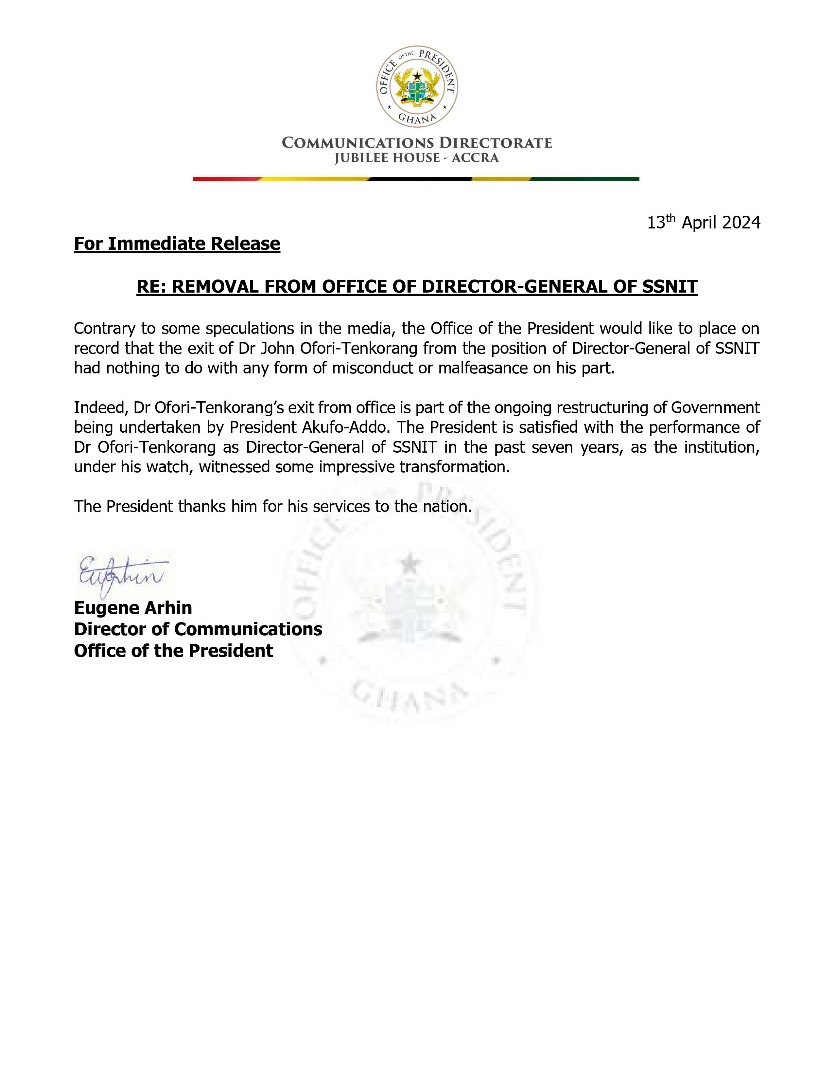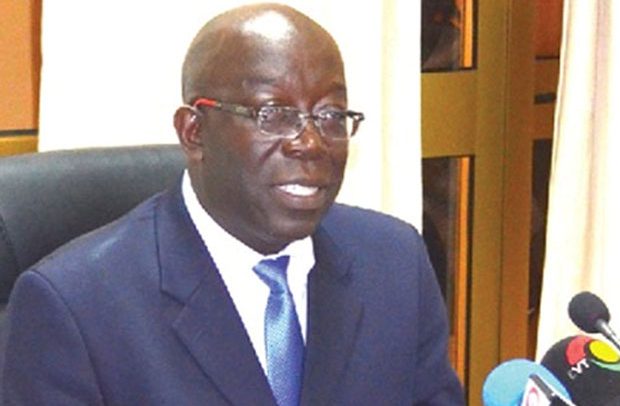
By Joshua Worlasi AMLANU
The Social Security and National Insurance Trust (SSNIT) has affirmed that the government is up-to-date on pension contributions for public sector workers, while processes are underway to settle outstanding legacy debt amounts. This assurance comes amid concerns raised by an International Labour Organization (ILO) actuarial review that projected SSNIT’s reserves could be depleted by 2036 without reforms to bolster funding levels.
In a media briefing, SSNIT’s Chief Actuary, Joseph Poku provided clarity on the pension fund’s financial position and engagement with the government on legacy liabilities. “With these legacy debts, before you can come to a final figure, there has to be an agreement. There has to be some kind of discussion with the state, with the government, and then we arrive at that target,” Mr. Poku stated.
He explained the complexities involved. “Even when it comes to the computation of debts, we have a way; we know based on the law, we need to sit with them as we are doing and then they’ll go through everything before we can arrive at a definite figure. I can’t give you a definite figure right now.”
The Chief Actuary clarified that outstanding debt comprises principal amounts as well as accrued interest and penalties. “The debt has a principle component and then the penalty. So we need to agree on all that before we can come out with the total debt that the government owes.”
On the urgency of increasing SSNIT’s contribution rate from the current 11 percent to the recommended 22 percent level, Mr. Poku stressed the need for extensive consultations with stakeholders. “We haven’t indicated a rate that we need to push. We need to engage employers. We need to engage workers. The labour unions are key…on coming out with a specific rate,” he said.
“We, actuaries, will give proposals – 10, 12, 15, 16 percent – whatever. But what I can tell you is the report says our contribution rate that will make the scheme more sustainable is 22 percent,” he said, acknowledging SSNIT is presently “doing half of what we are supposed to based on the actuary report.”
“We should rather be talking about that more and sensitising stakeholders so when we come to them and suggest any figure, they’ll know where we are coming from,” Mr. Poku advocated.
Addressing questions on reserve levels, the actuarial chief said providing a definitive lump sum is impractical given outstanding debts owed. “You cannot say our reserves are 13 billion or 20 billion because it’s a difficult figure to pinpoint. We have debt people owe that factors into the calculation once reconciled,” he added.
However, the Chief Actuary affirmed SSNIT’s active involvement in the ILO’s actuarial process. “SSNIT is conversant with every result in their report. We work with them, provide data and assumptions – everything was discussed before the final report.”
Responding to a query on how long benefits could be paid solely from reserves if no new funds came in, Mr. Poku explained SSNIT’s annual reserve-to-expenditure analysis underpinning such projections. “Given expenditures versus calculated reserves, it can take three years, four years, five years without contributions. The latest for 2022 will be 2.4 years – if you collect no contributions or returns, based on expenditures your reserve will last around three years.”
Crucially, Mr. Poku confirmed ongoing high-level negotiations between SSNIT and financial authorities regarding the unsettled pension debt amounts. “There’s an ongoing discussion on that. Fortunately, we’ve established at year-end, twice yearly, we sit with them and agree on the debt position. We’ve accepted and are negotiating how to pay once reconciled. “It’s not like we started and will end next month…We periodically reconcile debts, then try to make payment arrangements,” he added.
He concluded that SSNIT is currently working on a funding policy“with the ILO’s technical support to formalise long-term objectives, understand financing options, ensure sufficient assets and enhance transparency”.
The post SSNIT clarifies gov’t’s pension contributions appeared first on The Business & Financial Times.
Read Full Story





















Facebook
Twitter
Pinterest
Instagram
Google+
YouTube
LinkedIn
RSS